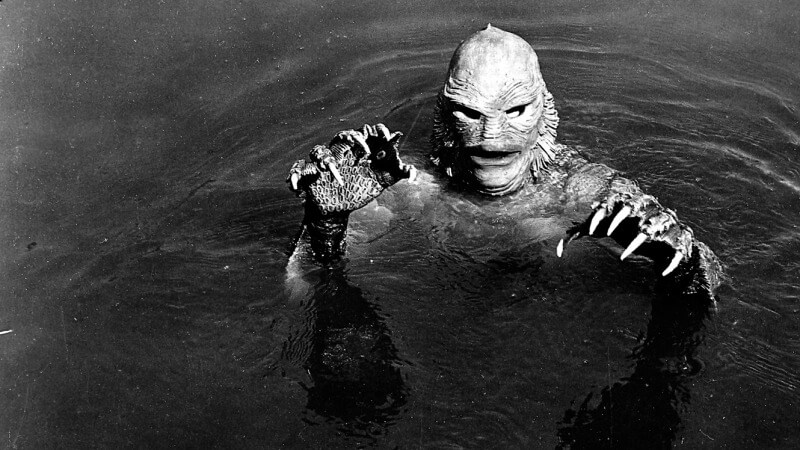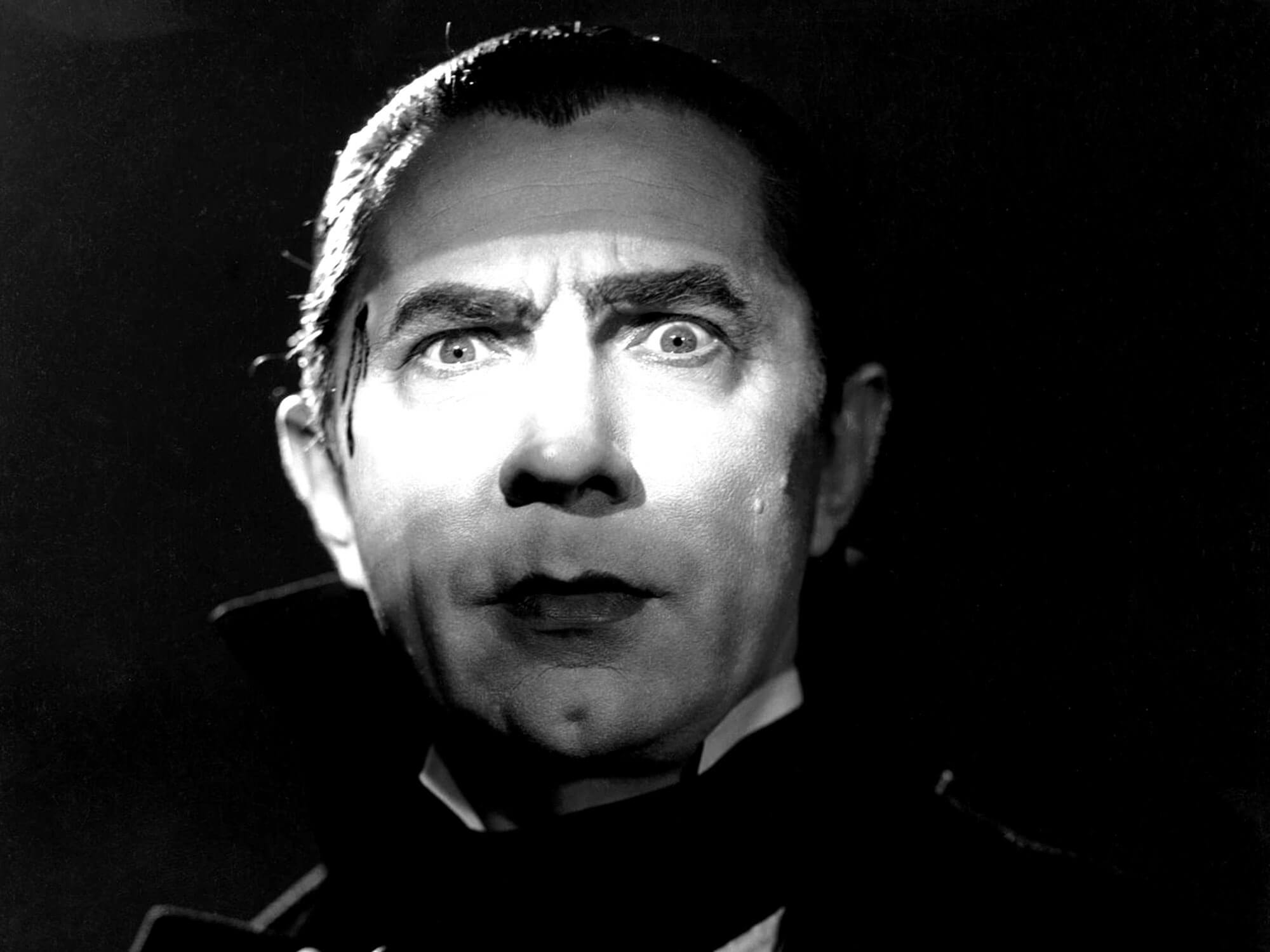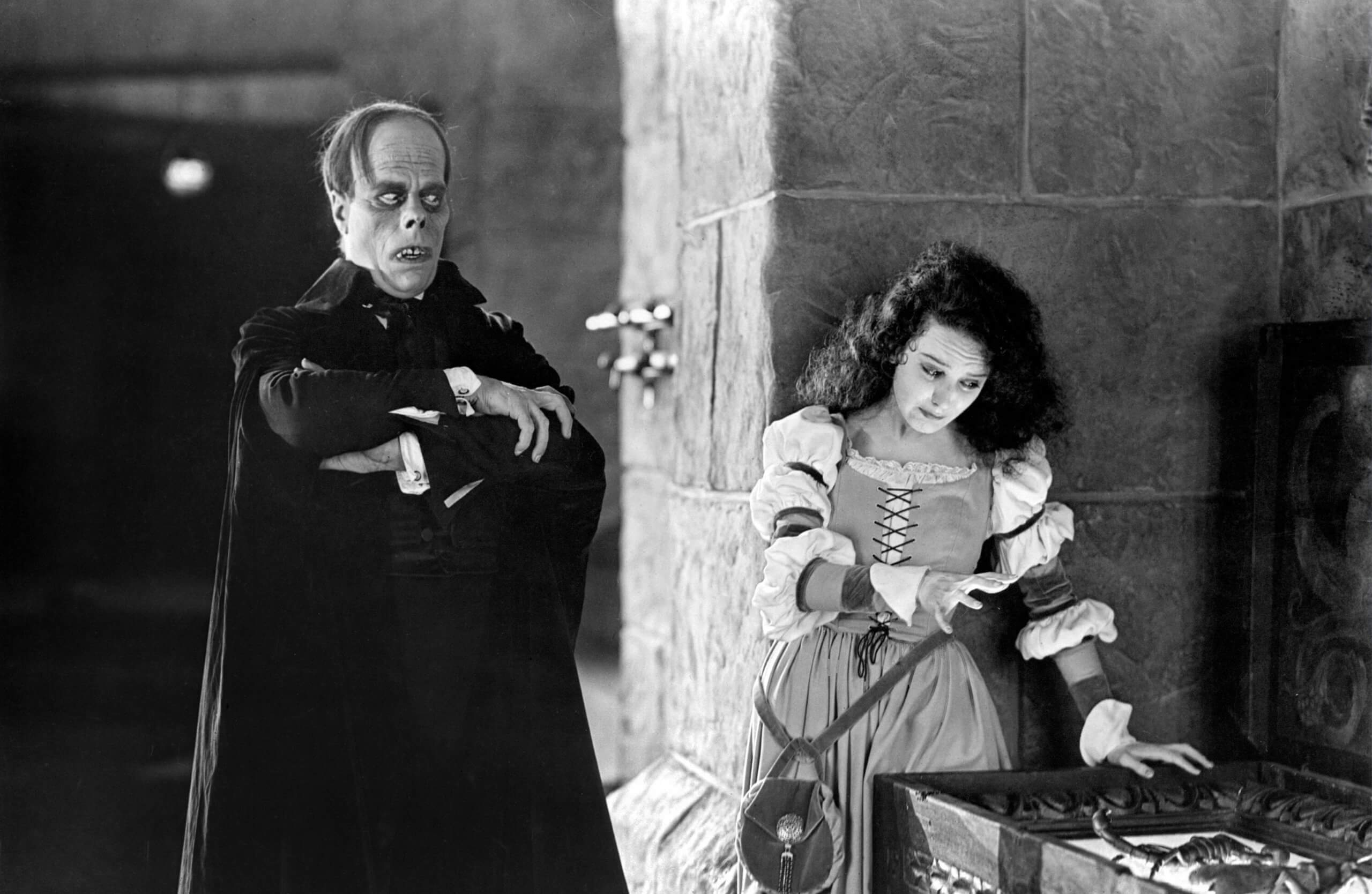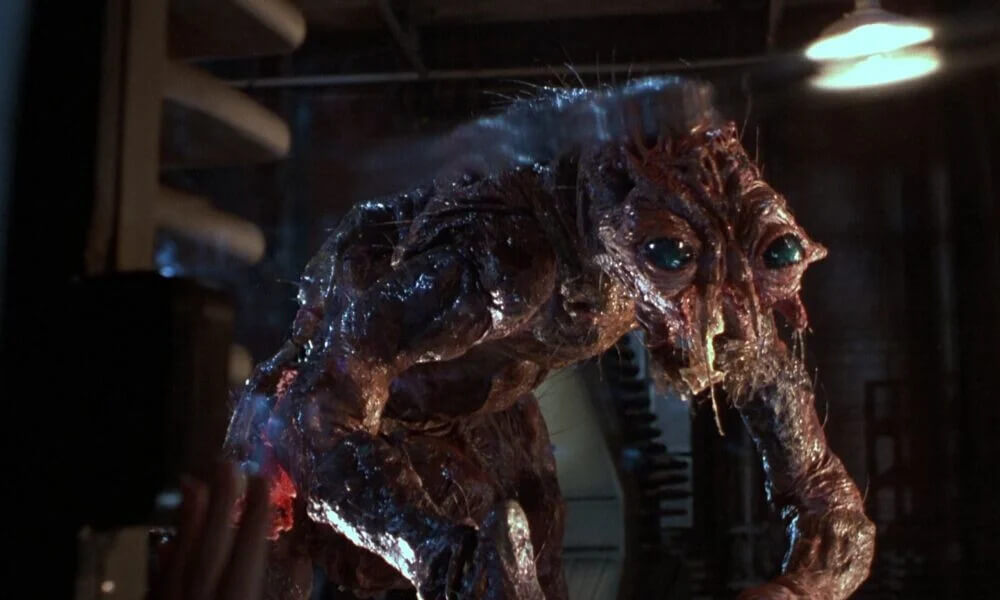8 True Stories That Reveal How Iconic Monsters Were Brought to Life
Movie monsters have captivated audiences for decades, both on the screen and in real life. It's a part of our childhood to be woken up in the middle of the night, as Dracula with blood-shedding fangs or Frankenstein’s Monster's dead body climbs into our nightmares. Undoubtedly, these entities have become icons. But have you ever wondered how these monsters are created? How did the filmmakers come up with the ideas for their designs, and what inspired their terrifying features?
So buckle up, and come along on this thrilling ride to unfold the fascinating behind-the-scenes stories of 8 iconic movie creatures. From the classic Dracula to the otherworldly creature in Alien, we will delve into the minds of the creative geniuses who brought these beasts to life. These real-life facts are sure to be just as captivating as the on-screen creatures themselves!
When Lugosi passed away in 1956, he was buried in a version of his Dracula costume.
They shot these scenes at double speed, then slowed down to create the forceful stomps that terrified moviegoers. This movie's hype set the bar for the 29 Godzilla creations that followed.
So buckle up, and come along on this thrilling ride to unfold the fascinating behind-the-scenes stories of 8 iconic movie creatures. From the classic Dracula to the otherworldly creature in Alien, we will delve into the minds of the creative geniuses who brought these beasts to life. These real-life facts are sure to be just as captivating as the on-screen creatures themselves!
#1 The Creature from the Black Lagoon
 Source: Universal Pictures
Source: Universal Pictures
#2 Alien
 Source: 20th Century Fox
Source: 20th Century Fox
#3 Dracula
 Source: Universal Pictures
Source: Universal Pictures
When Lugosi passed away in 1956, he was buried in a version of his Dracula costume.
#4 King Kong
 Source: RKO Pictures
Source: RKO Pictures
#5 The Phantom of the Opera
 Source: Universal Pictures
Source: Universal Pictures
#6 Frankenstein’s Monster
 Source: Universal Pictures
Source: Universal Pictures
#7 Godzilla
 Source: TOHO.co
Source: TOHO.co
They shot these scenes at double speed, then slowed down to create the forceful stomps that terrified moviegoers. This movie's hype set the bar for the 29 Godzilla creations that followed.
#8 The Fly
 Source: 20th Century Fox
Source: 20th Century Fox
Share this article
Advertisement